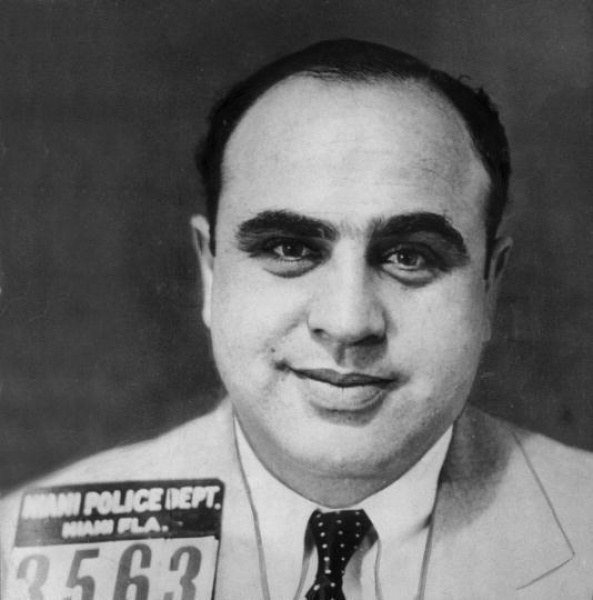The Jazz Age
F. Scott Fitzgerald described 1920s America as the Jazz Age - an era of speakeasies, short haircuts, even shorter dresses and jazz. The economy was booming and Americans could spend their disposable income on new radios, cars and trips to the cinema. World War One had destroyed old social conventions, allowing for new ideals and styles to take their place.
The Jazz Age was an era for youth. Young people used jazz and fashion to rebel against the traditional culture of previous generations. Women, in particular, benefited on an economic and social level. Their fashion represented a greater social freedom. Flappers wore short dresses and cut their hair into a bob.
Women were far more independent. The Flappers, as they were known, went to all-night parties without men to accompany them. They would also drive their own cars and would smoke in public. While it might not seem like anything remarkable, this kind of behaviour flew in the face of the conservative ideals of the time, including things like holding men’s hands without wearing gloves.

This greater freedom came on the back of the Nineteenth Amendment of 1919 which gave women the right to vote. Although, historians have argued that once women gained suffrage, their objectives became so disparate that the 1920s did little to advance feminism.
Jazz was the soundtrack to the 1920s. It led to the creation of new dances such as the One Step, the Charleston and the Black Bottom. Again these dances differed from older, more traditional dances which were very much in keeping with conservative ideals. Benny Goodman, Fats Waller and Louis Armstrong were among the most famous people that defined the Jazz era.
But not everyone was happy about the changes brought in by the 1920s; The Catholic Telegraph reported:
"The music is sensuous, the female is only half dressed and the motions may not be described in a family newspaper. Suffice it to say that there are certain houses appropriate for such dances but these houses have been closed by law.”
The huge popularity of radio made sports much more accessible. This made the 1920s the era of sports champions. People like Babe Ruth and Bobby Jones became household names.
The 1920s also saw the rise of Hollywood stars. In 1926 it is reported that around 100 million people every week would go to the movie theatre, of which there were around 200,000 across the USA. Once again dispelling with the traditions of previous decades - in which actors starring in movies would not be named - the 1920s saw stars of the big screen begin to emerge, and with it came the chance to earn lots of money.
Stars like Buster Keaton, Charlie Chaplin, Fatty Arbuckle and Laurel and Hardy all rose to prominence with slapstick comedies the most popular among movie goers.
The decade saw the first "talkie" - "The Jazz Singer" starring Al Jolson. Although this revolutionised cinema, many actors with unattractive voices lost their jobs.
The 18th Amendment, which had banned all consumption of alcohol, led to the rise of gangsterism. The most notorious of these 1920s gangsters was the infamous Al Capone - the mobster boss who all but controlled Chicago. His fame rivaled that of Hollywood's superstars.
Gangsters responded to the demand for alcohol created by Prohibition. People like Al Capone managed huge bootlegging operations. Al Capone’s earnings reached $60 million a year from alcohol sales alone with $45 million from other illegal ventures.
See also: The First Red Scare
MLA Citation/Reference
"The Jazz Age". HistoryLearning.com. 2026. Web.
